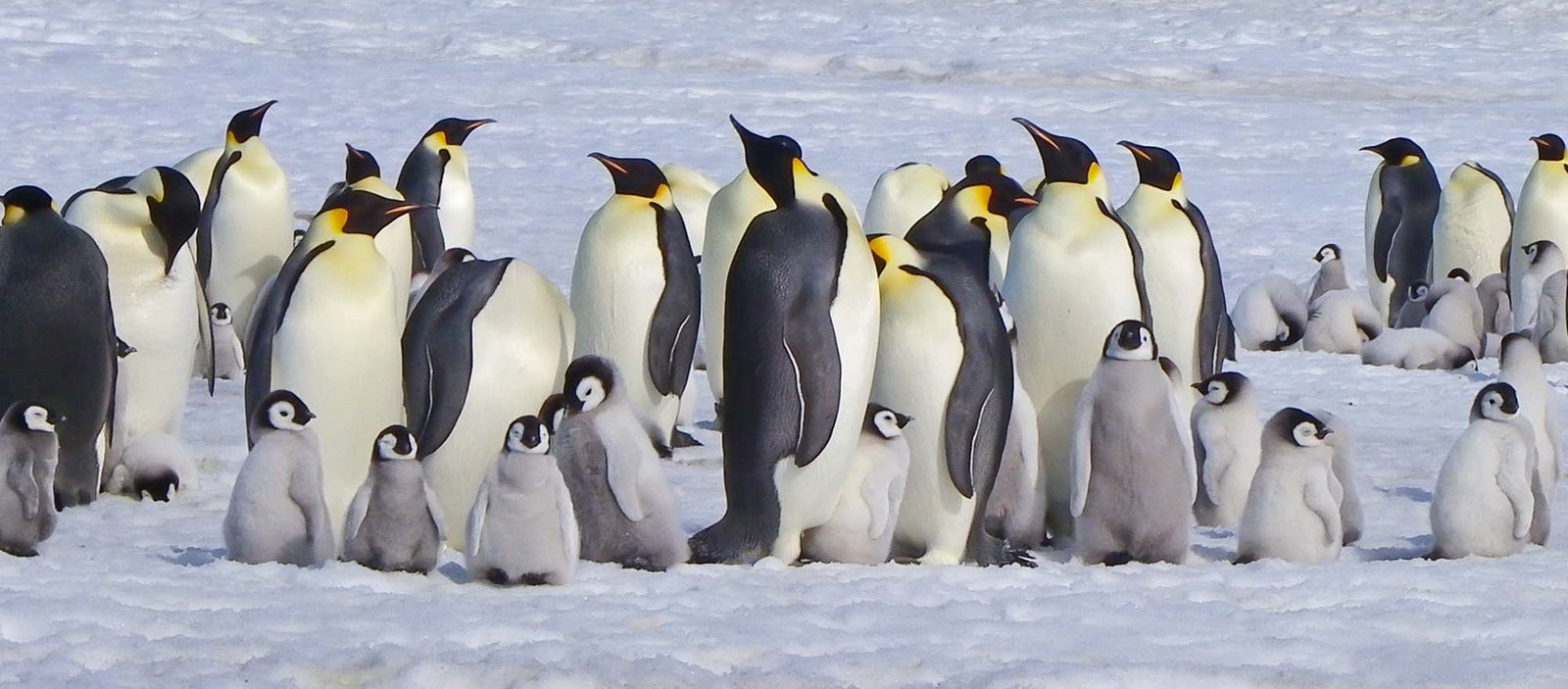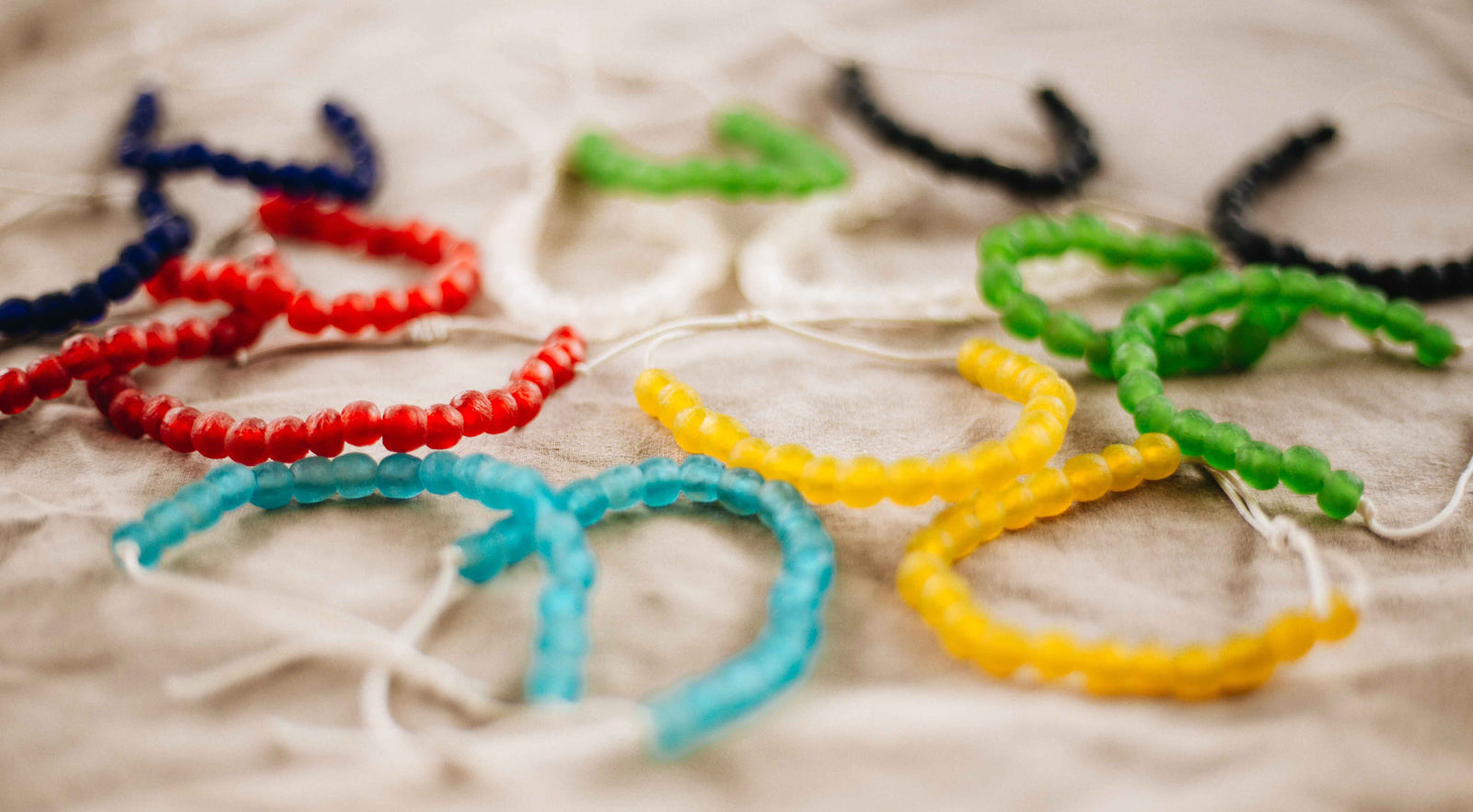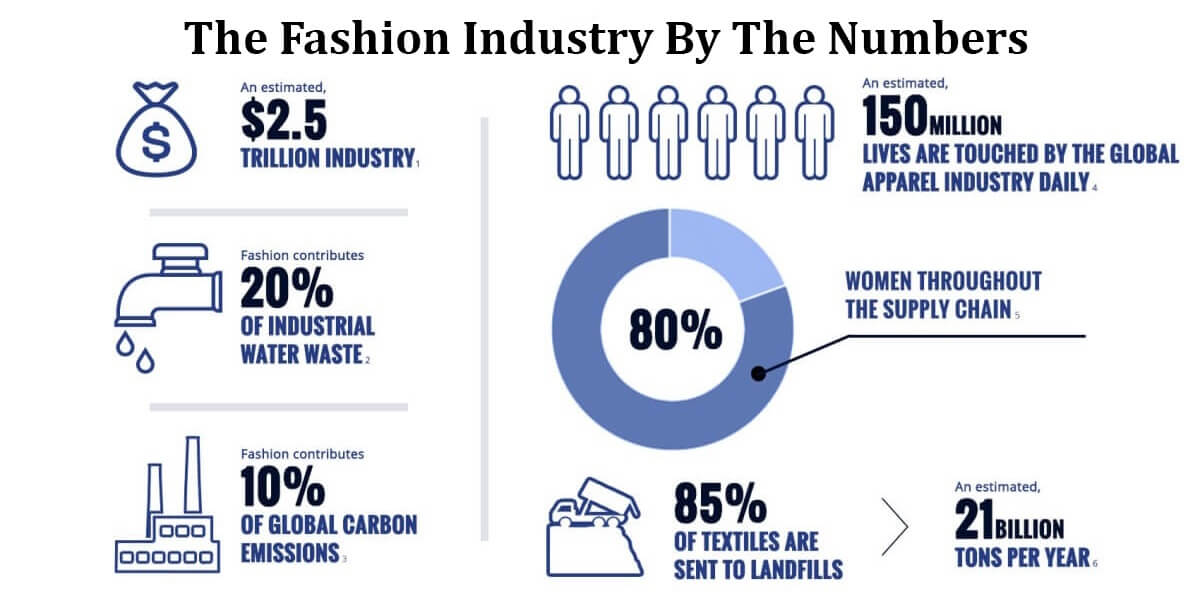Your Cart is Empty
Be the Change You Wish To See In The World!!!
The Penguin Population Is In Danger
We have all heard reports about global warming, climate change, and ocean warming. Ocean warming refers to the impact of the slowly but steadily rising temperature of the ocean. One of the most apparent effects of ocean warming is the slow disappearance of the Antarctic glaciers.
The story of the emperor penguins at Halley Bay serves as a warning to us all that continued ocean warming threatens our marine species. In our own way, Bead the Change is inspired to do something about it.
The Disappearance of the Halley Bay Colony
In 2016, news outlets began reporting that the world's second-largest emperor penguin colony, Halley Bay, began to disappear. Their sudden disappearance has raised fears about how climate change affected this and other species of penguins.
Researchers say that thousands of the emperor penguin chicks drowned because of a combination of global warming and a series of storms in the area. The storms destroyed the sea ice in Antarctica's Weddell Sea, on an area called the Brunt Ice Shelf. Without a stable shelf, the penguins could not breed.
More storms impacted that area in 2017 and 2018, causing the same sad phenomenon to happen again. Almost all the chicks died. After the third year, the colony had just about disappeared altogether.
Researchers postulate that the emperor penguins' population will continue to decline. The prediction is that they will lose 50-70% of the population by the end of the century due to climate change's influence on sea-ice conditions. Because the emperor penguins nest on sea ice, this makes them extremely vulnerable to ocean warming, which is an effect of climate change.
Luckily for the emperor penguin, the Dawson Lambton colony increased its population from 2,000 to 15,000 breeding pairs. So, many of Halley Bay's adult penguins have moved there. While that means the surviving penguins have found a new home, it also presents a growing concern for penguins as a species. Climate change is threatening Antarctica's glaciers, which are home to penguins and so many more species.
 Photo by NASA Earth Observatory
Photo by NASA Earth Observatory
Ocean Warming
As we have learned from the emperor penguin, increasing ocean temperatures affect ecosystems and marine life. Ocean warming refers to how the ocean absorbs the excess heat from greenhouse gas emissions, which leads to a rise in ocean temperatures. The excess heat doesn't distribute evenly. So, the greatest areas of ocean warming are in the Southern Hemisphere, which contributes to the melting of the Antarctic ice shelves.

Destroying Breeding Grounds
It also destroys breeding grounds for fish and marine animals like the emperor penguin. Increasing temperatures means increasing mortality rates for these species. It also creates mass migrations in the search for suitable environmental conditions.
Impact on Humans
Ocean warming also affects humans because it threatens our food supply. More extreme weather conditions result in more diseases in marine life. The United Nations Food and Agriculture Organization states that marine and freshwater aquaculture and fisheries provide 15% of animal protein to over 4.3 billion people worldwide. By increasing the likelihood of exposing fish to diseases, ocean warming risks people's food security and livelihoods.
Destroying Coastlines and Coral Reefs
These rising temperatures also cause coral bleaching that threatens the survival of coral reefs. Corals and mangroves protect the coastline from erosion. Rising sea levels and erosion affect the more low-lying island countries in the Pacific. When they do, they destroy houses and towns, forcing residents to relocate. As temperatures rise, the health of reef-building vegetation is at risk, which puts the coastlines at risk as well.
What Can We Do?
Now more than ever, it's essential to work toward the targets set by the Paris Agreement on climate change. Those targets involve limiting greenhouse gas emissions and stave off the increasing average temperature of the Earth to below 2°C above pre-industrial levels. This will mitigate the permanent impacts on marine ecosystems.
Preserve and Protect Marine Ecosystems
We can protect ecosystems by conserving and protecting significant marine habitats around the world. This means regulating human activities so that our footprint doesn't damage or degrade these habitats. As for those coastal ecosystems we have already damaged, we must work toward restoring them now. For some, we can build artificial structures like rock pools, which serve as surrogate habitats for some organisms. Other times, we can introduce assisted breeding methods to boost the population and resilience of species that must live in warmer waters.
Curb Overfishing and Shoreline Development
Governments around the world can institute policies to curb overfishing and protect the marine populations. For instance, they can set catch limits and eliminate subsidies. Governments can also limit certain types of development along coastlines. The goal here is to limit the damage that results from erosion and coastal flooding.
Support Scientific Research
Finally, governments and the scientific community can increase their commitment to research, measure, and monitor global warming and its effect on the world's oceans. The more data we have, the more we can understand the impact climate change is having on our marine species. From there, we can make more positive changes to minimize the rise in temperatures that are affecting species like the emperor penguin and others at an alarming rate.

The Penguin Bracelet
At Bead the Change, we support ocean conservation as well as projects dedicated to minimizing the effects of ocean warming and protecting all penguin species. For example, one of our most popular charity bracelets is our Ocean Cleanup Bracelet, which supports The Ocean Cleanup. The Ocean Cleanup is a nonprofit organization dedicated to ridding the area known as the Great Pacific Garbage Patch of plastic waste.
Ten percent of every ocean bracelet purchased goes to this organization. This save the ocean bracelet is made of beautiful turquoise glass beads made from recycled glass bottles. Even the cord is made from reclaimed plastic water bottles.
We are also proud to announce that we are expanding our ocean plastic bracelet line to include our upcoming Penguin Bracelet. We have designed our Penguin Bracelet with black beads made from recycled glass bottles. Also, the elastic cord makes the bracelet one-size-fits-all, perfect for men and women alike.
Our new line of bracelets will support the Sea Shepherd Conservation Society, which is an international marine conservation organization. They defend, conserve, and protect wildlife and the ocean from environmental destruction due to climate change and marine pollution.

Comments will be approved before showing up.
In short, ethical fashion works toward the social good of society. It takes into account the workers who make the clothing industry possible. This includes everyone from the farmers who grow the fabric to the garment workers who stitch the pieces together. These efforts go beyond the surface we see as consumers. Rather, social good is deeper than the public image. A brand must take care to ensure fair wages, maintain fair trade certifications, and provide healthy working conditions. The ethically responsible brand invests in its people as much as it does its product, if not more so.
Now, you never have to tuck your jewelry away because it needs a deep cleaning. You can keep your jewelry sparkling yourself using eco-friendly cleaning agents you probably already have around the house.
Here are a few cleaning options that don’t involve harsh chemicals.



